Diaa Bekheet | Washington, DC – Grammy award winner Chris Botti is not only a gifted American jazz trumpeter and a talented composer but he’s also a charismatic performer and innovative soundtrack writer. The Oregon native, who was once a member of the progressive jazz-rock fusion group Bruford Levin Upper Extremities, has the ability to surprise the audience with his trumpet virtuosity, improvisational skills, and uniquely expressive sound. Botti’s latest album, Impressions, features him playing with a group of acclaimed artists, including pianist and composer Herbie Hancock, tenor Andrea Bocelli, country singer Vince Gill, rock star Mark Knopfler, composer and pianist David Foster and violinist Caroline Campbell.
Drawing inspiration from jazz roots, Botti shows prodigious technique on the 13-track collection from across the world that includes Michael Jackson’s hit “You Are Not Alone,” Brazilian songwriter Ivan Lins’ “Setembro,” Joaquin Rodrigo’s “En Aranjuez Con Tu Amor,” and trumpet legend Louis Armstrong’s signature song “What A Wonderful World. ”
[audio:http://www.voanews.com/MediaAssets2/english/2012_05/what-a-wonderful-world-sample.mp3]|
Botti’s Discography |
|
Influenced by trumpet giants Miles Davis and Chet Baker, Botti has long impressed audiences with contemporary jazz and melodies of vintage standards and ballads. I profiled him in 1997 when his star began to rise after releasing Midnight without You.
[audio:http://www.voanews.com/MediaAssets2/english/2012_05/Chris_Botty_Bing_Crosby_Jazz_Club_USA_Diaa_Bekheet.mp3]Born in Portland, Oregon in 1962, Botti began playing trumpet when he was almost 10 years old. He was partly influenced by his mother, a piano teacher, who noticed his early talent and started to encourage him to pursue music. Botti had an early taste of the international world and learned to love music when he spent two years in Italy, his father’s country of origin. A feeling of a firm connection with his Italian roots later influenced some of his music.
Botti continued to play trumpet through high school, then studied music at the prestigious Indiana University. In the early 1980s, Botti moved to New York, where he took private trumpet lessons, then took flight as a professional musician. He performed as a sideman for high-profile jazz, pop and rock stars, including Frank Sinatra, Buddy Rich, Bob Dylan, Rod Stewart, Aretha Franklin, Chaka Khan, Joni Mitchell, Jeff Lorber, saxophonist George Coleman, and trumpet great Woody Shaw.
In 1995, Botti blended sounds of contemporary jazz, pop and soft rock, and released his debut, solo album, First Wish, at the end of his five-year tour with guitarist Paul Simon. In 1996, he scored the film Caught. A few years later, he gained more popularity when he performed with pop superstars Sting and Steven Tyler. It was in 2004 when he released best-selling albums, including I Fall In Love (2004), To Love Again: The Duets (2005), and Chris Botti Live with Orchestra & Special Guests (2006).
Botti performed his version of Chopin’s “Prelude No. 20 in C minor” in Warsaw for the 200th anniversary of the composer’s birth. Last year, Botti performed in Moscow amid repeated applause. He described the concert as a “blast.”
http://www.youtube.com/watch?v=bJmHMZo-qK4
Botti also performed at the world renowned Hollywood Bowl along with Bobby McFerrin and the Yellowjackets; and played many jazz festivals, including the Blue Note Jazz Festival, Ottawa International Jazz Festival, CareFusion Newport Jazz Festival, Rehobeth Beach Autumn Jazz Festival, St. Lucia Jazz Festival, Festival International de Jazz de Montréal, Daytona Beach International Festival, and others.
For more on jazz music, listen to VOA’s Jazz America



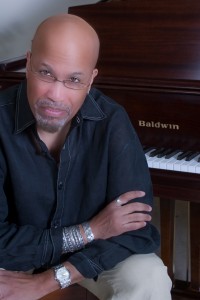

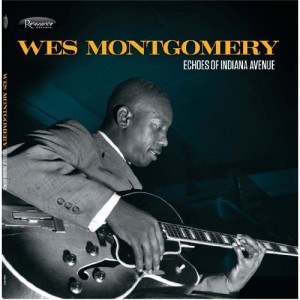
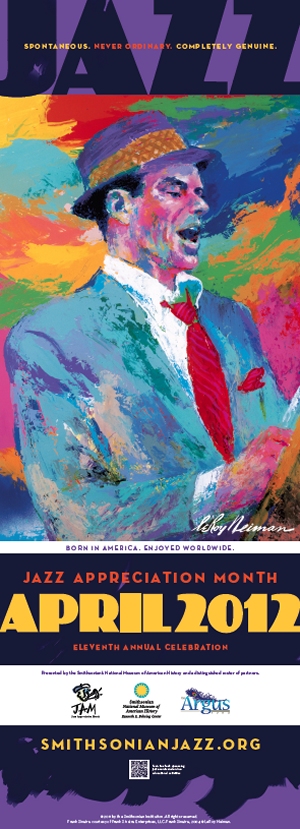


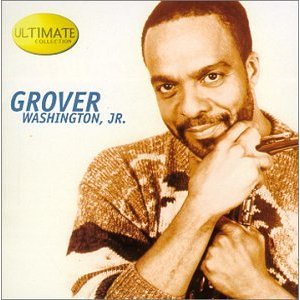


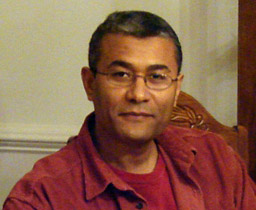 Cairo native
Cairo native